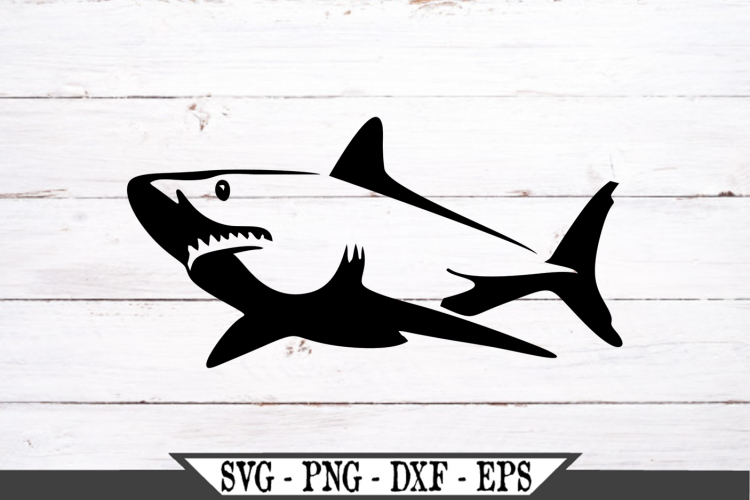
If neither contestant guessed all the cards on his or her row correctly, another toss-up question was asked and the same procedures were followed until someone revealed all the cards in the row or the fourth question in the round was asked.
#CARD SHARK CLIP ART FREE#
Contestants could also choose to "freeze", thus making the last revealed card the new base card and preventing the opponent from receiving a free chance. In this event, the opponent received a free chance to play his/her own row of cards but could not change the base card. On an incorrect guess, the contestant loses his/her progress and returns to the base card with the other revealed cards being discarded and replaced by new face-down cards before the next question in the round.

The contestant then guessed whether the next (face-down) card in the row was "higher" or "lower" if correct, he or she could continue to guess the next card after that and so on (if both cards were the same, the guess counted as incorrect). The winner of the question could choose to either play and keeping his/her base card, or have it replaced with another card from the top of the deck. Each contestant's base card was the first card in the row of five. Up to four toss-up questions were played per game.īeneath each contestant's row of cards was a moving bracket bearing the contestant's name which would mark one of the cards as the "base card". Starting in Fall 1980, an exact guess won a $500 bonus for the contestant the contestant keeps it regardless of the game's outcome. The initial contestant would also gain control of the board if he/she correctly guessed the survey answer. Choosing correctly gave control of the board to the opponent otherwise, the initial contestant gained control. After hearing the guess, the opponent had to choose whether the correct number was higher or lower than that guess. The contestant who received the question (with the red-card player, usually the champion, going first) then gave a guess as to how many people gave the answer that the host gave (and usually his/her reasoning, although this is not required). Questions were posed to 100 people of the same occupation, marital status, or demographic (“We asked 100 teachers, ‘Has a student ever given you an apple?’ How many said yes?”). In case of two new players, a coin toss was used to determine who played red and who played blue.Ĭontrol of the board was determined by asking a survey question similar to the surveys done on Family Feud. The champion played the red cards on top, while the challenger played the blue cards on the bottom. Each contestant had a standard 52-card deck the ace ranked highest and the deuce (two) ranked lowest. Each contestant was assigned a row of five oversized playing cards. See current trademark processing wait times for more information.Two contestants competed against each other on all versions of Card Sharks. Processing Wait Times: Please note that due to an extraordinary surge in applications, processing times are longer than usual.
#CARD SHARK CLIP ART SERIAL#
For assistance with TSDR, email and include your serial number, the document you are looking for, and a screenshot of any error messages you have received. See current trademark processing wait times for more information.


Trademark Law: Rules of Practice & Federal Statutesįor assistance with TSDR, email and include your serial number, the document you are looking for, and a screenshot of any error messages you have received.


 0 kommentar(er)
0 kommentar(er)
